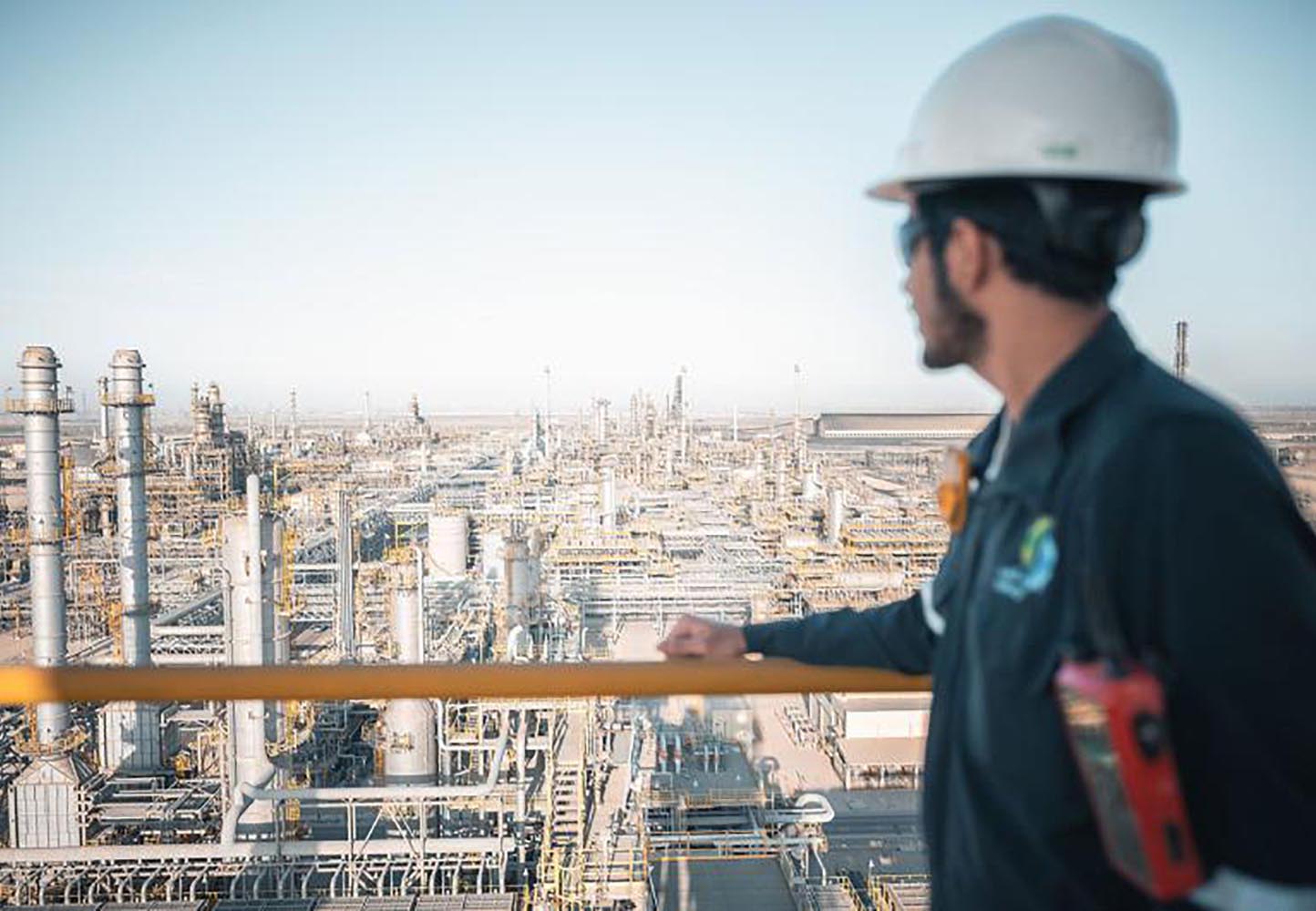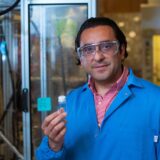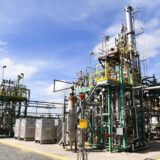
SATORP pioneers SAF conversion from used cooking oil in MENA
In a groundbreaking initiative for the Middle East and North Africa (MENA) region, SATORP, a collaborative venture between Aramco (62.5%) and TotalEnergies (37.5%), has triumphantly transformed used cooking oil (UCO) into ISCC+ certified sustainable aviation fuel (SAF). SATORP stands for Saudi Aramco TotalEnergies Refining and Petrochemical Company.
This accomplishment was realised last August when the platform ingeniously co-processed used cooking oil in the Low-Pressure Hydrodesulphurization Unit (LPHDS), culminating in SAF that fulfills all quality standards. The expertise and experience of TotalEnergies played a pivotal role in this successful endeavor.
Established to set up a refining and petrochemical hub in Jubail II industrial city, SATORP’s refinery capabilities have burgeoned from an initial 400,000 barrels per day (BPD) in 2014 to 460,000 BPD today, stamping its reputation as one of the globe’s most efficient refineries.
In acknowledgment of this achievement, SATORP has been granted the International Sustainability and Carbon Certification (ISCC PLUS), fortifying its position to meet the surging SAF demand in Saudi Arabia. Notably, SAF derived from used cooking oil has the potential to curtail carbon dioxide (CO2) emissions by approximately 80% throughout its lifecycle, juxtaposed with its fossil counterpart.
Building on this momentum, TotalEnergies continues to expand its circular products repertoire at its Jubail facility. Prior to this, SATORP had disclosed its venture into transforming plastic waste-derived oil into ISCC PLUS certified circular polymers.
Emphasising the project’s significance, Francois Good, senior vice president, Refining and Petrochemicals, Africa Middle East and Asia, at TotalEnergies, stated, “The SATORP project epitomises TotalEnergies’ commitment to producing 1.5 million tons of SAF annually by 2030. SAF is quintessential in diminishing the carbon footprint of air travel. This project mirrors our climate-centric goal of achieving net-zero emissions by 2050, in unison with the global community.”














